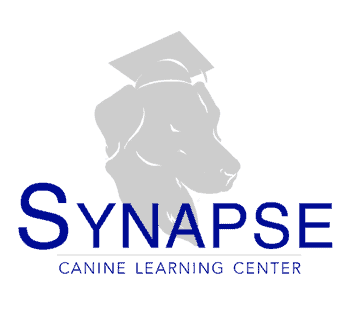Think back to your dog’s most recent visit to the veterinarian or groomer. How did you feel prior to, during, and after your appointment?
For some dog owners, the thought of taking their dog out to any public place can fill them with apprehension, particularly if their pup is nervous or anxious around new people. That feeling can be felt more acutely when your dog has a vet or grooming appointment, because it involves an unfamiliar person directly interacting with, and handling, your dog. If you’re unsure about how your dog will behave in these situations, you may start to dread the countdown to your dog’s next appointment.
The good news is that it doesn’t have to be this way! Working with your dog in advance of these visits can have an incredibly positive impact on your dog’s confidence (not to mention your own!) with small, frequent repetitions of certain behaviors.
Training skills for the vet/groomer
To properly prepare for a visit to the vet or groomer, it is essential to understand your dog’s ‘starting point’ so that you know which aspects of their behavior may need to be worked on. Context of their behavioral history and overall comfort levels in public are also valuable – an excitable puppy’s first vet visit will need to be approached differently to a senior dog who has years of experience.
Given the circumstances of vet and groomer visits (which involve the pet professional being up close and personal with your dog), familiarity and comfort with being handled is perhaps the key skill for your dog to develop. Early habituation exercises as a puppy are very helpful here – simply sitting with them and gently touching their paws and nails can help to become familiar with the sensation of being handled in this manner. You can further build their confidence by allowing family members and visitors to your home to do this, too. The same approach can be applied to older dogs.
Aside from ensuring your dog is comfortable being handled, it is important to work on general obedience that offers a degree of control in these situations. Simple commands like sit, stay and down can make it easier to get your dog into an appropriate position without physical force, while also making it easier when waiting in the lobby for the appointment.
One useful catch-all activity to consider pursuing to improve your dog’s behavior for grooming/vet visits is the AKC’s Canine Good Citizen (CGC) title. Part of the CGC exam judges if your dog is comfortable being groomed and handled. More generally, passing the CGC will build your confidence when taking your dog out in any number of different public-facing situations.
If your dog is extremely reactive, shy, anxious or otherwise displaying a behavioral discomfort when being handled by strangers, it may be prudent to work with a professional dog behaviorist who can give you guidance for approaching these visits.
The benefits of preparing your dog for vet/groomer visits
As with many facets of dog training, the time and effort you invest in improving your dog’s behavior will pay dividends in the long run. Below are some of the benefits you’ll see from preparing your dog for veterinarian or grooming visits.
More productive appointments
If your dog is visibly uncomfortable during a vet exam or while being groomed, it can understandably have an impact on the quality of the appointment. The vet or groomer may spend more time on making sure your dog is comfortable, as opposed to focusing on the veterinary care or groom your dog requires. If your dog is calm during the appointment, it allows the professional to focus on their job – making appointments quicker and more effective.
Increased peace of mind
If you’re lacking confidence in your dog’s behavior, you may put off taking your dog to the vet or groomer due to fear of what might happen at the appointment. Preparing your dog for these appointments increases your confidence when handling them in public, and reduces your nerves when the day rolls around for their next appointment. Reducing your stress makes you a more confident handler.
Reduced chance of injury - for all parties involved
If your dog is flinching or nervous during exams, their movements may be unpredictable, which can increase the chance of causing themselves an unexpected injury. Additionally, if a dog is not used to being handled or is reactive, groomers or vets may feel uncomfortable getting close to them. Desensitizing your dog to these types of situations makes appointments safer for everyone involved.
Better long-term health outcomes
Greater control of your dog’s behavior, combined with more productive appointments and confident handling skills, improves the probability of better long-term health outcomes for your dog. By developing these skills with your dog, you’ll also inevitably build a strong bond and relationship, which will allow both of you to lead a more harmonious life together.
In conclusion
Dog training has so many benefits, in so many different contexts – and that is no different when it comes to preparing your dog for a visit to the veterinarian or groomer.
Working with your dog in advance of your next appointment can truly work wonders, improving your confidence and boosting their long-term health prospects.

